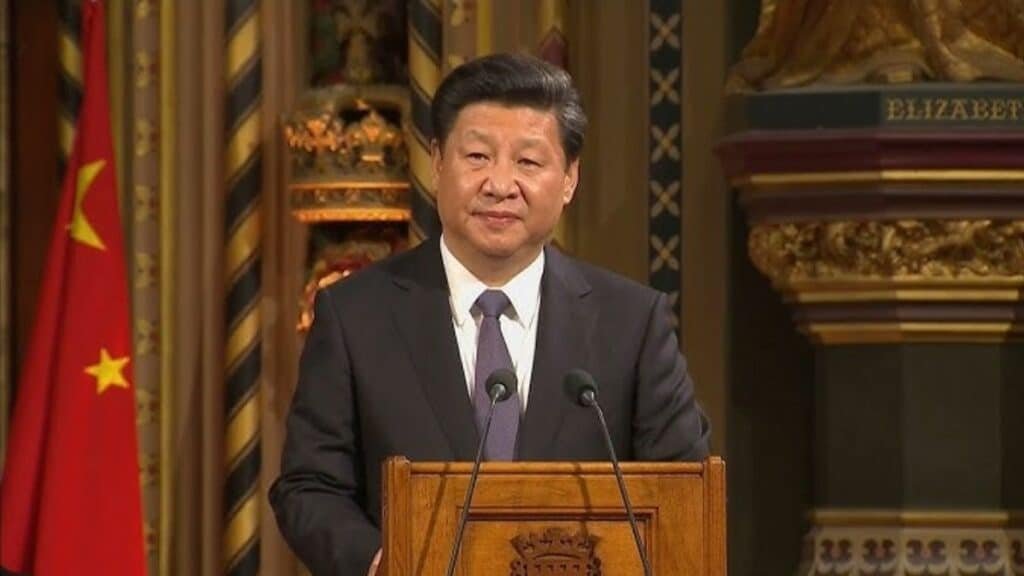The U.S. has been using GBU-57 MOP bunker buster bombs to hit targets like Iran’s nuclear facilities. These bombs are designed to penetrate deep into the earth and destroy underground structures. They’ve proven effective, especially against hardened targets. However, it turns out that China might not be as worried about them as the rest of the world. In fact, Chinese scientists claim they’ve figured out a way to stop these bombs in their tracks, and it’s not as complicated as you might think.
The Bunker Buster’s Reputation
The GBU-57 MOP is not just another bomb. It’s a massive, precision-guided munition that can drop from high-altitude stealth bombers, making it hard to intercept. Once it’s released, it slowly descends, carrying a heavy warhead capable of punching through thick concrete and steel. This bomb has been used in high-profile attacks, most notably against Iran’s nuclear facilities, causing significant damage. The sheer power of these bombs has made them a key tool in U.S. military strategy.
China’s Unexpected Solution
Here’s the thing. While these bombs are designed to be nearly unstoppable, Chinese scientists claim they’ve found a vulnerability. According to their research, the bomb’s weak point is the steel edge around its warhead. While the front is heavily armored, the steel edges are much thinner—just a few centimeters thick. This means that a well-placed anti-aircraft shell can penetrate the bomb’s outer structure.
A Simple, Low-Cost Approach
Let’s break it down. The Chinese scientists suggest that countries facing the threat of a bunker buster should use anti-aircraft guns to target the bomb’s weaker steel edges. These guns don’t need to be high-tech or expensive. In fact, older, proven systems like the Swiss Oerlikon GDF gun, commonly used in the Middle East, could do the job. The GDF is capable of firing 36 rounds per minute and is highly effective up to about 1,200 meters.
The Technical Details
The tricky part is timing and angle. To be effective, the angle of impact must be less than 68 degrees, meaning the shot needs to come from the side. If it’s done correctly, the bomb’s internal explosives could be ignited by the resulting shockwave. However, beyond 1,500 meters, hitting the target becomes unreliable. Inside 1,200 meters, though, it’s possible to disable the bomb before it detonates.
Why This Matters
What this really means is that a well-timed, low-cost defense strategy could potentially neutralize one of the U.S.’s most powerful weapons. The Chinese proposal isn’t about matching the U.S. in terms of firepower, but rather exploiting a simple weakness in the bomb’s design. The idea that a few anti-aircraft rounds could take out a bomb of such destructive potential is a game-changer for military defense.
The Bigger Picture
This revelation could alter the way countries think about defending against bunker busters. While the U.S. has invested heavily in making these bombs nearly indestructible, China’s approach offers an alternative strategy. If proven effective, this could make the cost of counteracting such a weapon much lower and more accessible to smaller countries or those with limited resources.
Read More: Why Is the U.S. Planning to Drop Millions of Flies from Planes? Find Out Here
Watch India Pakistan Breaking News on The Ink Post. Get Latest Updates, Latest News on Movies, Breaking News On India, World, Explainers.
Follow us on Facebook and Instagram and LinkedIn and Twitter to Stay updated!




